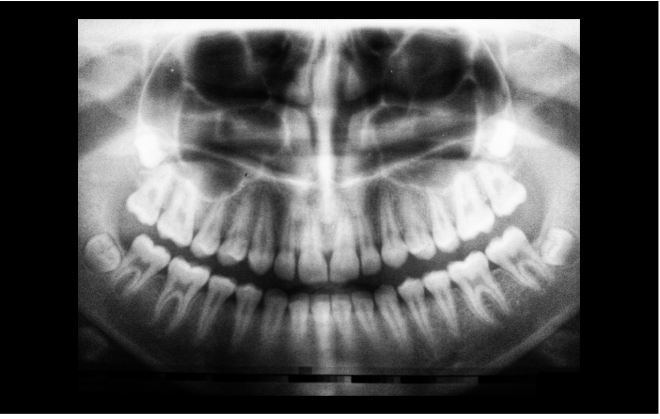Integrating Artificial Intelligence (AI) Detecting and diagnosing oral cancer by incorporating artificial intelligence (AI) into processes could be a major advance in technology in dentistry.
Some of the key aspects and benefits of using AI in oral cancer detection:
– Improve diagnostic accuracy
Artificial intelligence algorithms, especially those based on deep learning and neural networks, have proven highly effective in analyzing medical images and identifying malignant diseases with high accuracy. AI can detect subtle patterns and abnormalities in oral tissues that might otherwise go unnoticed by the human eye. This improves early diagnosis, which is crucial for successful treatment outcomes.
– Image analysis and pattern recognition
AI tools can analyze a variety of imaging modalities, such as pathological images, X-rays, and even images taken by intraoral cameras. By training on large datasets of labeled images, AI systems learn to distinguish between benign and malignant lesions with increasing accuracy.
—Non-invasive examination
AI-powered devices can facilitate non-invasive screening methods. For example, optical imaging tools combined with AI can help detect oral cancer early using light-based techniques such as autofluorescence and narrow-band imaging. These methods can be used during routine dental checkups to identify suspicious lesions early.
– Real-time diagnosis
One important advantage of AI is its ability to provide real-time diagnostic feedback. Dentists and oral surgeons can use AI tools to get immediate assessments of suspicious lesions during examinations, potentially leading to immediate decisions regarding biopsies and further treatment.
— Integration with electronic health records (RSE)
AI can be integrated into electronic health record (EHR) systems to track patient history, risk factors, and monitoring data, helping with personalized patient care and monitoring. It can also alert healthcare providers to patients at higher risk for oral cancer based on their medical history and demographics.
Investigation and development
AI is accelerating research by enabling the analysis of large amounts of clinical data. Machine learning models can discover new patterns and associations in the epidemiology of oral cancer, helping to develop new diagnostic markers and treatment protocols.
Case studies and research findings
• A study published in the Journal of the American Dental Association reported that artificial intelligence algorithms achieved more than 90% diagnostic accuracy in distinguishing between benign and malignant oral lesions from photographs (website home page).
• Research from King's College London has demonstrated the use of a convolutional neural network to detect oral cancer from pathological anatomical images with high sensitivity and specificity, surpassing the accuracy of conventional methods.
Future prospects
The future of AI in oral cancer detection looks promising, with continued progress aimed at improving the sensitivity and specificity of AI models. Collaborative efforts between AI researchers, oncologists, and dental professionals are essential to improve these technologies and integrate them into routine clinical practice.
In conclusion, AI has the potential to revolutionize the detection and diagnosis of oral cancer, leading to earlier detection, better treatment outcomes, and ultimately, saving lives. As the technology continues to evolve, its integration into dental and medical practices is likely to become more widespread, providing significant benefits to both patients and healthcare providers.

“Wannabe internet buff. Future teen idol. Hardcore zombie guru. Gamer. Avid creator. Entrepreneur. Bacon ninja.”

